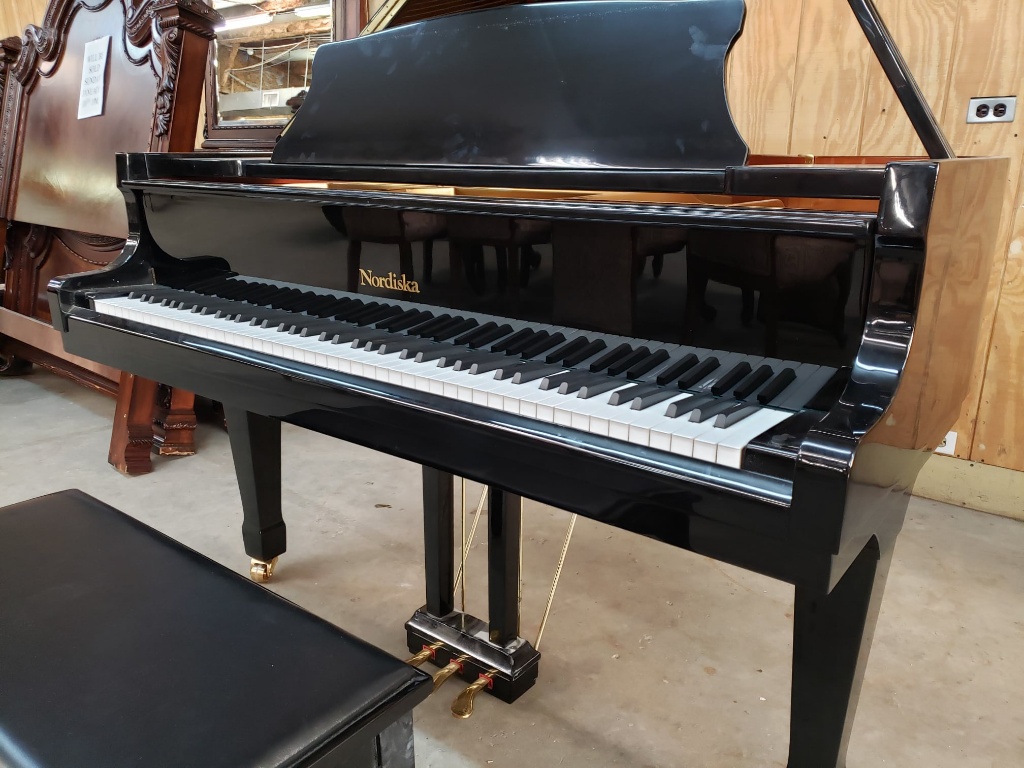

It is amazing to see how similar it is to pianos as we know them now. It was soon shortened to “fortepiano,” or sometimes, “pianoforte.”Īlthough the piano of today has a slightly different name, the instrument has not changed all that much from that very first one.Ĭristofori’s 1709 invention no longer exists, but a piano of his from 1720 is now displayed at New York City’s Metropolitan Museum of Art. Loudness or softness and changes between the two can convey all kinds of different emotions.Ĭristofori first debuted his update to the harpsichord in 1709, naming it “gravicembalo col piano e forte.” This basically translates to “keyboard instrument that’s soft and loud.” Of course, a name like that wasn’t going to stick for long. A lot of the feeling in music comes from the volume of a certain segment. The piano was invented because people wanted a harpsichord with volume that could be changed. This was very limited compared to the other instruments of the time, which allowed musicians to express with volume. They only had one volume, so songs could not be made louder or softer. Harpsichords were limited in what they could do. In Padua, Italy in 1709, there lived a harpsichord maker named Bartolomeo di Francesco Cristofori. But you might be familiar with the predecessor that came right before the piano: the harpsichord. Most of these instruments are things modern listeners have never heard of. There was the spinet, the clavecin, the virginal, the gravicembalo. After this, the stringed instruments that became the piano went through many different changes. Next came the clavichord, which came about in the same century as the dulcimer.

First was the dulcimer, which is a shallow box with wires stretched across it that were struck by wooden hammers to make a sound. In 14th century Europe, the first stringed instruments that recognizably came before the piano were developed. Humans have been experimenting with the sounds of various instruments for thousands of years – even before recorded history began. There is a long history of instruments that led up to the piano’s development. Read on to learn more! The Amazing History of the Grand Piano 1. Whether you’re a musician, an aspiring musician, or just a music lover, you’ll love knowing the interesting story of how the piano as we know it came about. There are entire books worth of things you can learn about its history, but we’ve put together this essential guide to give you an overview how this instrument came to be. How much do you know about the fascinating history of the piano? The grand piano has gone through many different stages before becoming the instrument we know and love today.


 0 kommentar(er)
0 kommentar(er)
